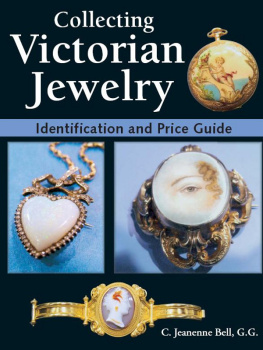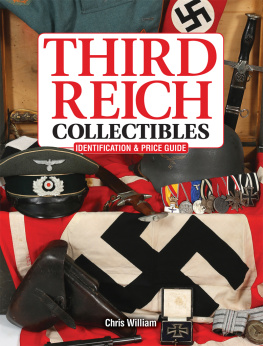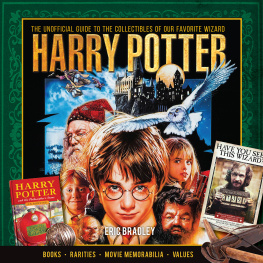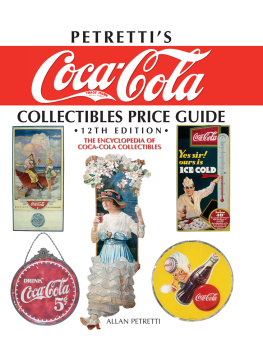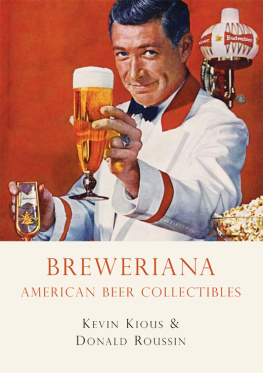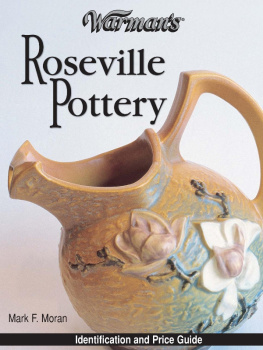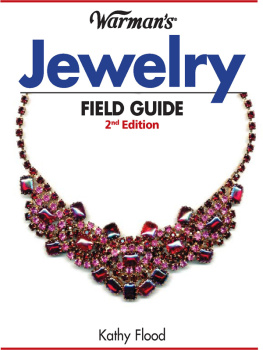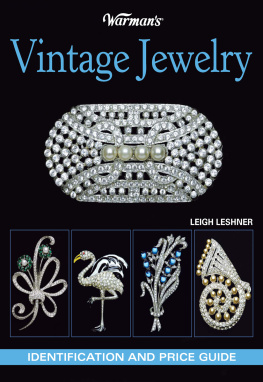In tribute to my Uncle Sam, Co. K, 7th Infantry Regiment, 3rd Division, killed in action at Anzio, Italy, March 1, 1944. This book is dedicated to those who lost life and youth on the battlefields of World War II.
A CKNOWLEDGMENTS
In preparing the second edition it is readily apparent that an undertaking of this magnitude is simply too daunting a task without the firm foundation of the work done by those who preceded with the first edition and those whose continuing contributions of time, encouragement, and expertise made the production of this volume possible.
John F. Graf, an acknowledged expert in the field of military collecting, spearheaded a gathering of the world's most knowledgeable and dedicated authorities on the topic of World War II collectibles. These individuals, together, raised the quality of the original publication to heights perhaps even they did not consider achievable. Therefore, the undertaking of a second edition was both a humbling and monumental task.
Like John, I owe a great deal of my present interest in history to my mother, Martha J. Haskew, who fostered a love of all things historic, poetic, literary, and heroic, in me. When a particular package came to our front door in East Ridge, Tenn., back in the mid-1960s, it truly marked the beginning. The package contained a book, The Reader's Digest Illustrated Story Of World War II. Immediately, I was fascinated, caught up in the accounts of heroism and sacrifice, tyranny and infamy and man's potential for inhumanity.
It is so appropriate to thank those individuals who have labored during the production of Warman's World War II Collectibles Identification and Price Guide, 2nd Edition. They include my wonderful son Adam, who along with his sisters, Amanda and Alexandra, has toured countless battlefields, snapped photographs of historic locales from Normandy to Oahu, and has joined me as a partner in our mutual interest. Adam has devoted hours to this project, worked diligently, and written skillfully. My wonderful wife, Elena, knows the program, understands the life of the writer's widow, and nevertheless encourages and calls me to break for lunch and stretch my legs.
Those whose expertise has been instrumental to the original edition of this guide and to this subsequent offering include the great folks at Krause Publications, most notably Paul Kennedy and Justin Moen, and those dealers and auction houses who took the time and effort to supply us with new photographic images, detailed item descriptions, and pricing information.
These fine individuals and companies include: Andrew Turner and Lisa Oakes at Manion's, Ray Zyla of Mohawk Arms Inc. Militaria Auctions, Bill Shea of the Ruptured Duck, Jeff Schrader of Advanced Guard Militaria, Thomas Wittmann of Wittmann Antique Militaria, Andrew Lipps of Wartime Collectables, John and David Ginader of Time Traveler Militaria, Blaine Taylor, Peter Suciu, Paul Garson, J.R. Bill Bailey, Fred Borch, Fred Borgmann, Collin R. Bruce II, George Cuhaj, Bill Combs, John Conway, Joseph S. Covais, Gary Harvey, Thomas R. Kailbourn, Clement V. Kelly, Denise Moss, Kelly Nelson, Dennis Piotrowski, Mary Schmidt, Judy Voss, David Doyle, John Lauermann, Trisha Graf, Diane Adams-Graf, and John F. Graf.
If anyone has been left out, I assure them and our readers that it was the result of an error of omission rather than commission. It is my hope that this second edition enhances your experience, enjoyment, and understanding of what was no doubt the watershed event of the 20th century.
Michael E. Haskew
Chattanooga, Tenn.
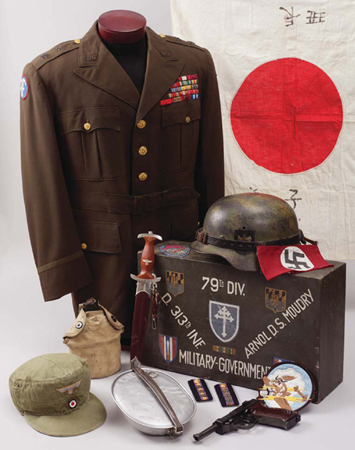
Many thanks to the Wisconsin Veteran's Museum and its curator, Bill Brewster, for allowing the items on the cover to be photographed. The Veteran's Museum and others like it help ensure that, through painstaking research and conservation of artifacts, history will be preserved for posterity.
Wisconsin's Veterans Museum
(On the Capital Square)
30 W. Mifflin St.
Madison, WI 53703
(608) 267-1799
http://museum.dva.state.wi.us
The Wisconsin Veteran's Museum is an educational activity of the Wisconsin Department of Veteran's Affairs. Donations of objects, photographs, and archival material related to Wisconsin's military past are welcome and appreciated.
I NTRODUCTION
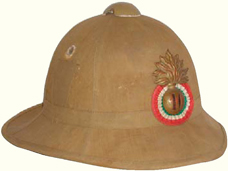
In the 65 years since the end of World War II, veterans, collectors, and history buffs have eagerly bought, sold and traded the spoils of war. Actually, souvenir collecting began as soon as troops set foot on foreign soil. Soldiers from every nation involved in the greatest armed conflict mankind has known eagerly sought items which would remind them of their time in the service, validate their presence during the making of history, and potentially generate income when they returned home. Such items might also be bartered with fellow soldiers for highly prized or scarce goods. Helmets, medals, Lugers, field gear, daggers, and other pieces of war material filled parcels, which were mailed home or stuffed into the duffel bags of soldiers who gathered them.
As soon as hostilities ended in 1945, the populations of the defeated nations quickly realized that they could make money by selling souvenirs to their former enemies. This was particularly true in Germany and Japan, which hosted large contingents of occupying U.S. soldiers and troops from other Allied nations. The flow of war material increased. Values became well established. For instance, a Luger was worth several packs of cigarettes, a helmet, just one. A Japanese sword was worth two boxes of K-rations, and an Arisaka bayonet was worth a chocolate Hershey bar.
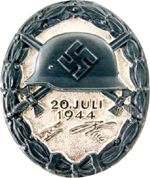
Over the years, these values have remained proportionally consistent. Today, that two-pack Luger might be worth $4,000 and that one-pack helmet, $1,000. The Japanese sword might fetch $1,200 and the Arisaka bayonet $85. Though values have increased dramatically, demand has not slackened. In fact, World War II collecting is the largest segment of the militaria hobby.




